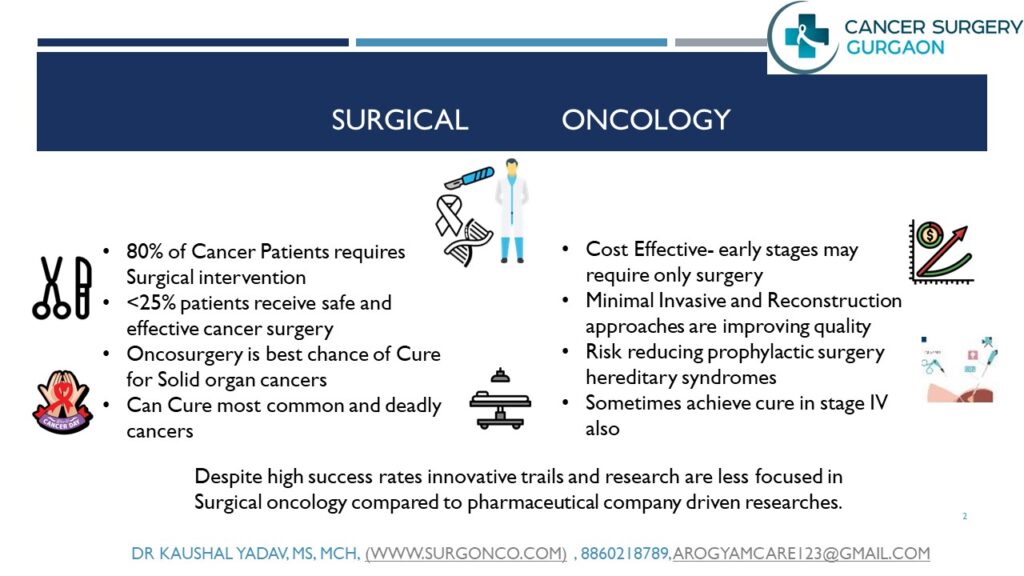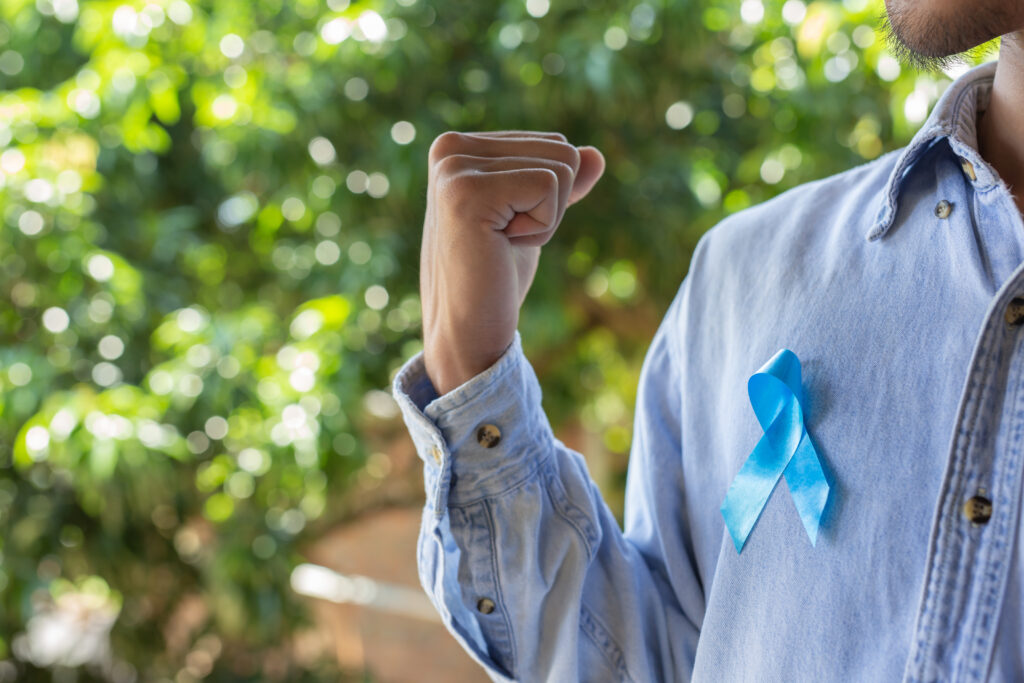The Problem: Present Scenario
According to the WHO, over 700,000 people die annually from alcohol-related cancers. Alcohol is related to 40% of all cancer cases. Still celebrating with a drink is a global tradition, whether it’s during festivals or special occasions. However, behind the clinking glasses lies the risk of cancer. In this blog you will undestand which alchol is safe, what is the safe limit of alcohol and what are the recommendations for alcohol intake? Understand how much a drink of alcohol can harm you, before it is too late.
Which Type of Alcohol is Safe?
Which type of alcohol is safe? This is a very common question. Let’s find out how much alcohol is in one serving (30ml) and which type of alcohol is considered safe.
- Beer: Contains about 5% alcohol, with each pint containing approximately 1.5ml of alcohol.
- Wine, Whiskey, Vodka, Gin, Tequila, and Rum: These beverages contain between 35-50% alcohol, with each serving containing around 15ml of alcohol.
- Brandy: Contains 35-60% alcohol, with a single serving containing about 18ml of alcohol.
- Sake: A Japanese alcohol that contains 14-16% alcohol, with a single serving containing about 4.5ml of alcohol.
No matter what you drink, alcohol will reach your bloodstream.
How Alcohol Cause Cancer?
Alcohol has become an integral part of modern lifestyles, whether it’s for celebration or coping with sorrow. When alcohol enters the bloodstream, it converts into a chemical called acetaldehyde. This chemical damages DNA and initiates cancer development. Both the World Health Organization (WHO) and the International Agency for Research on Cancer (IARC) classify alcohol as a Group 1 carcinogen.
Given this information, we must ask why alcohol bottles don’t carry health warnings. Alcohol consumption increases the risk of several types of cancer, including:
- Oral and throat cancer
- Breast cancer
- Esophageal cancer
- Stomach cancer
- Liver cancer
- Pancreatic cancer
- Colon and rectum cancer
The WHO also recognizes that most people drink alcohol without being aware of these facts. Our goal is to raise awareness that alcohol is one of the most common and proven causes of cancer.
What is the safe limit of Alcohol Consumption
How much alcohol is safe to drink? Is it okay to consume a small amount every day since the liver can recover? Let’s understand the reality:
Alcohol consumption can be divided into three categories:
- Light Drinkers: Individuals who consume up to 12 grams (one pack) of alcohol daily.
- Moderate Drinkers: Individuals who consume up to 50 grams (two packs) of alcohol daily.
- Heavy Drinkers: Individuals who consume more than 50 grams of alcohol daily.
Alcohol and cancer risk study conducted by the WHO in the European region found that half of alcohol-related cancer cases occur in individuals who drink less than 1.5 liters of wine or 3.5 liters of beer per week. Most people consider themselves light drinkers, and many women fall into this category as well. However, evidence indicates that the majority of alcohol-related cancer cases arise from this population. More than one in ten cases occur in individuals who drink a bottle of beer, two glasses of wine, or half a glass of brandy daily.
The conclusion is that, whether you are a light or moderate drinker, you cannot avoid the harm caused by alcohol. There is no safe limit of alcohol consumption when it comes to increasing cancer risk. Even small amounts of alcohol increase the risk, and this risk escalates with higher consumption. Heavy drinkers have a fivefold higher risk of cancer compared to non-drinkers or occasional drinkers.
If you believe that being a light or moderate drinker keeps you safe, you are under a delusion.
Recommendation to drink Alcohol
Now for the most important question: How much alcohol can be consumed safely without harm? According to the American Dietary Guidelines, the legal drinking age is 21, and individuals should not consume alcohol before this age. Even after reaching the legal age, it is best to avoid alcohol altogether. However, for those who choose to drink, it is important to limit the amount of alcohol consumed.
The recommended limit is one pack per day for females and a maximum of two packs per day for males. According to the 2025 US Surgeon General’s Advisory, even within the recommended limits, alcohol consumption increases cancer risk. More than half of the population is unaware that alcohol raises the risk of cancer, making it the third leading cause of preventable cancer.
Who are at high risk of alcohol consumption
Now let’s understand who are more susceptible to the harmful effects of alcohol:
- Individuals who use both tobacco and alcohol: The risk of cancer increases fivefold, and for heavy drinkers, up to thirtyfold. Tobacco and alcohol together amplify health risks significantly.
- Those with fatty liver disease: Consuming alcohol can increase the risk of liver cancer tenfold.
- Obesity or Overweight: If your body weight exceeds the recommended level, alcohol consumption can double or triple the risk of cancer, especially liver, breast, esophageal, colon, and rectal cancers.
- Age 50 and above: The cancer risk due to alcohol increases two to three times. About 86% of alcohol-related cancers occur after the age of 50.
- Females: They have a higher risk of alcohol-related cancer compared to males.
- Individuals with genetic risk factors for cancer: They should avoid alcohol to minimize risk.
This highlights that the so-called “safe limit” often mentioned is not applicable to everyone. Just like one size does not fit all, alcohol consumption should be carefully considered based on individual health conditions and risks.
Is there any health benefit of alcohol consumption?
Some people ask whether there are any health benefits to drinking alcohol. Recent research indicates that alcohol has no health benefits, and the harm it causes is difficult to mitigate. Friends, alcohol is such a big business that the World Trade Organization does not want to highlight the fact that alcohol increases the risk of cancer.
In Canada’s Yukon territory, a groundbreaking real-world research study was conducted, focusing on placing cancer warning labels on alcohol bottles to raise awareness about alcohol and cancer. The alcohol industry tried every possible means, including legal threats, to stop this study. Although the research was not fully completed, the preliminary results showed that warning labels increased awareness of the cancer risks associated with alcohol consumption.
A recent WHO/Europe report suggests that doubling the alcohol tax in the European region could prevent 5,000 alcohol-related cancer deaths annually. The truth cannot be hidden forever, and it is now proven that alcohol causes cancer.
Prevention is better than Cure
- Our elders wisely advised us to avoid alcohol. Alcohol-related cancers can be completely prevented by quitting alcohol and tobacco and managing obesity. These steps can help prevent more than half of all cancer cases.
- Every alcohol bottle should have a clear health warning label stating that alcohol causes cancer, whether the bottle costs ₹100 or ₹10,000. Tobacco products carry cancer warning labels that have helped reduce lung and head cancers; similar labels on alcohol bottles could help prevent liver and other cancers.**
- Banning alcohol marketing and promotional activities in mass media is another step in the right direction. Think about it—how can we justify promoting something harmful to human health?
- WHO/Europe suggests that doubling alcohol taxes in the European region could prevent 5,000 alcohol-related cancer deaths annually.**
- To reduce alcohol consumption, follow some simple tips: Keep quantities small, use smaller glasses, alternate alcoholic drinks with non-alcoholic ones, dilute your drinks, and drink more water. Enjoy alcohol-free drinks like lemonade or soda at parties.**
Remember, “Happy Hours” with alcohol could be stealing happiness in the long run. If you’re drinking, it’s time to rethink. Together, with our willpower, we can reduce alcohol consumption and its harmful effects.
To Know more about cancer prevention
Discover more from CancerSurgery
Subscribe to get the latest posts sent to your email.



